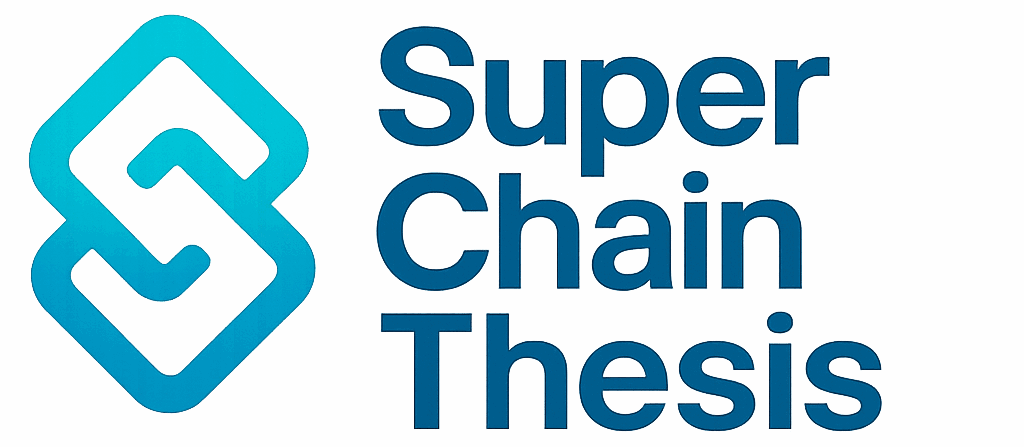
Shared sequencers are rapidly redefining the architecture of the Superchain ecosystem, addressing one of the most persistent challenges in the OP Stack: seamless rollup interoperability. As the Superchain expands to encompass 29 OP Stack chains, the need for efficient, atomic cross-rollup communication has never been more acute. Traditional models, where each rollup maintains its own centralized sequencer, have become bottlenecks for both user experience and protocol-level coordination.

Why Decentralized Sequencing Matters for Rollup Interoperability
In the original OP Stack paradigm, rollups like Base and Worldchain operated isolated sequencing nodes. This siloed approach led to liquidity fragmentation, inconsistent transaction ordering, and increased friction for cross-chain applications. More critically, it posed risks of censorship and single points of failure. Shared sequencers solve these issues by introducing a neutral, decentralized transaction ordering layer that multiple rollups can opt into.
According to the latest reporting, Optimism’s Superchain initiative aims to unify its ecosystem through a native protocol layer that embeds shared sequencing. This is not just a technical upgrade; it’s a foundational shift in how L2s coordinate state and liquidity, paving the way for a universal standard of interoperability.
Key Benefits: From Atomic Cross-Rollup Transactions to MEV Mitigation
Core Benefits of Shared Sequencers for Superchain Interoperability
-
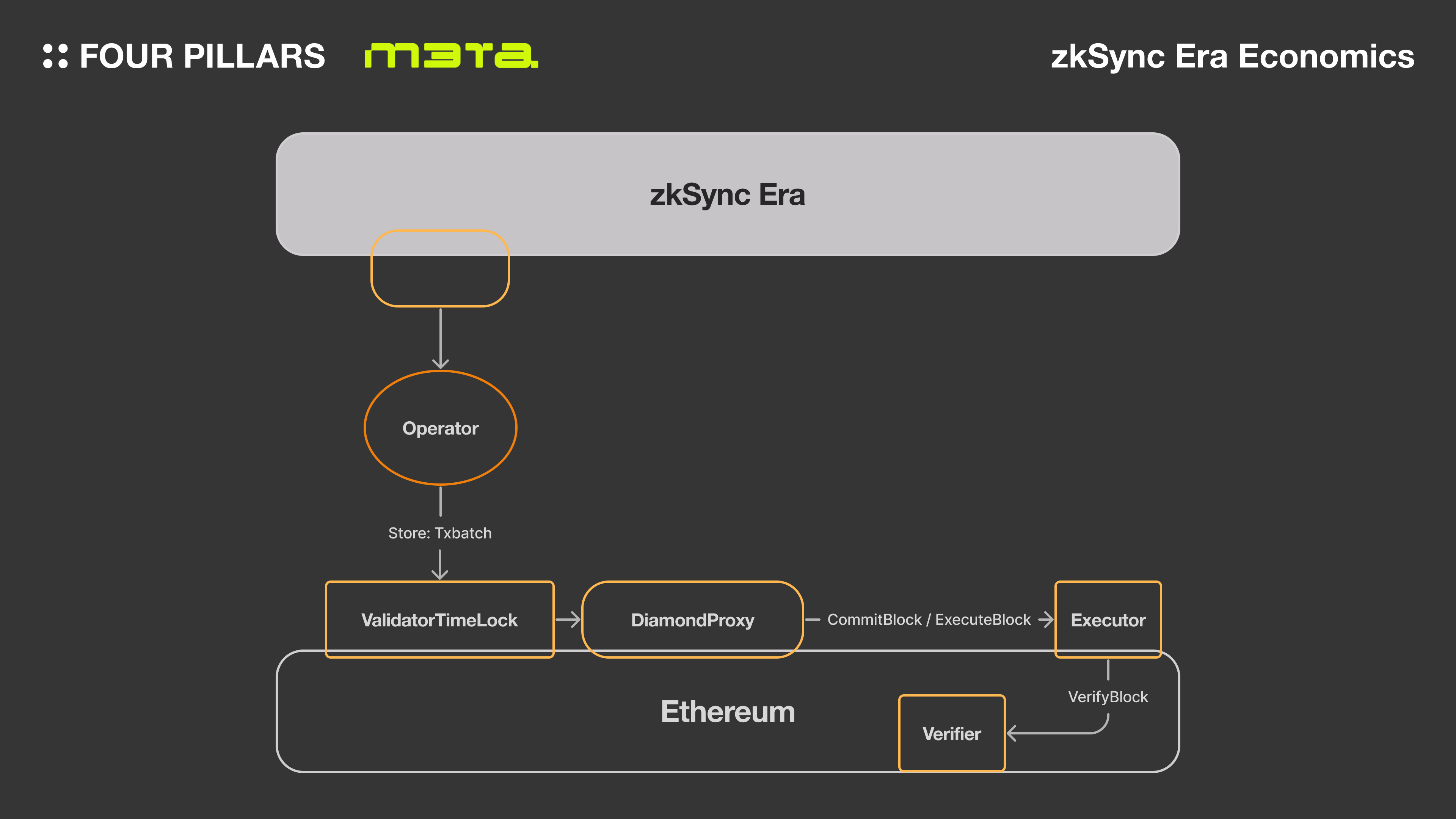
Enhanced Interoperability: Shared sequencers enable atomic cross-rollup transactions, allowing operations to execute seamlessly and simultaneously across multiple OP Stack rollups. This dramatically reduces complexity and delays in cross-chain interactions.
-
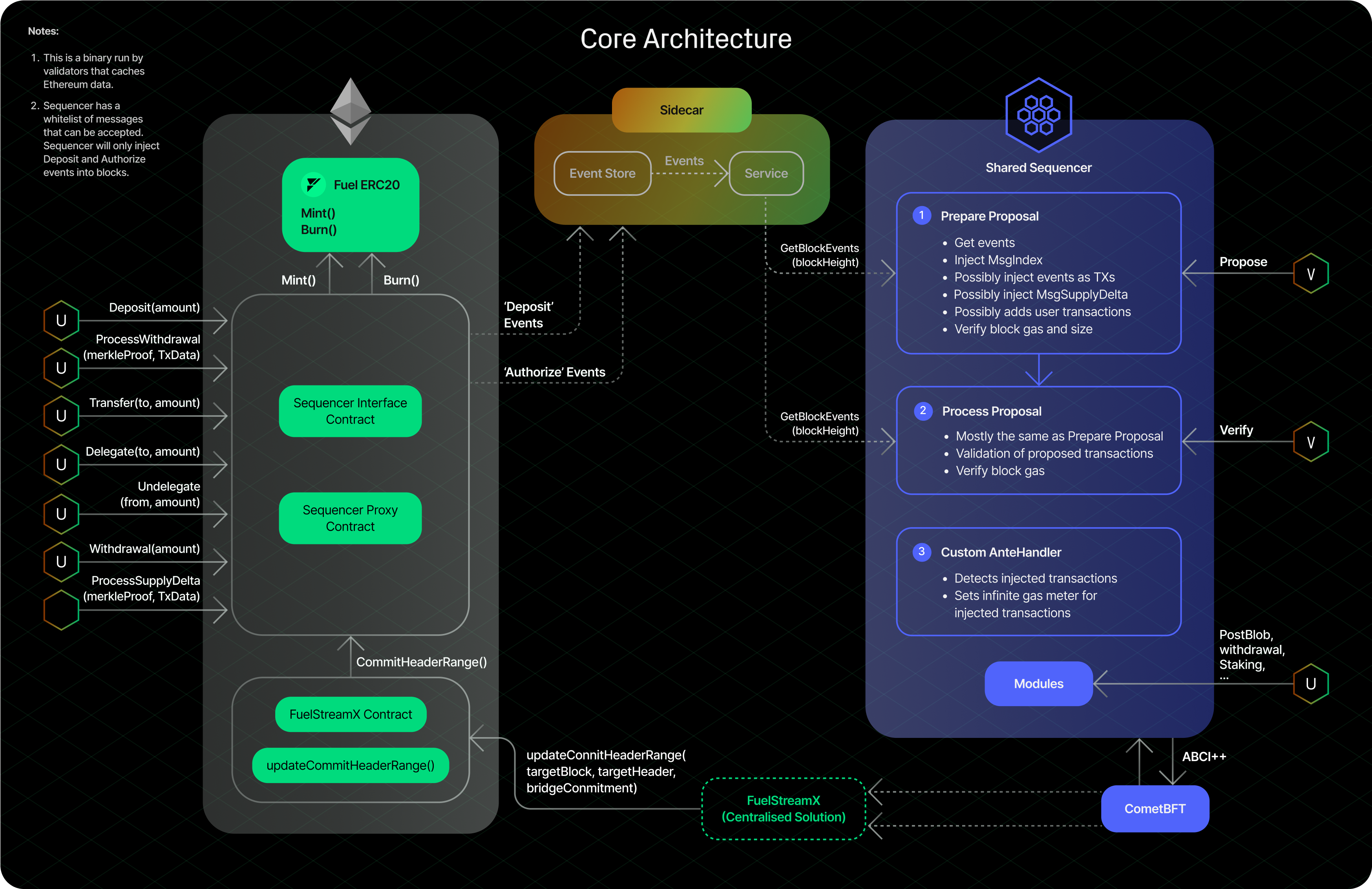
Improved Decentralization: By distributing transaction ordering across multiple nodes, shared sequencers eliminate single points of failure and reduce censorship risks, thereby strengthening the trust and resilience of the Superchain ecosystem.
-
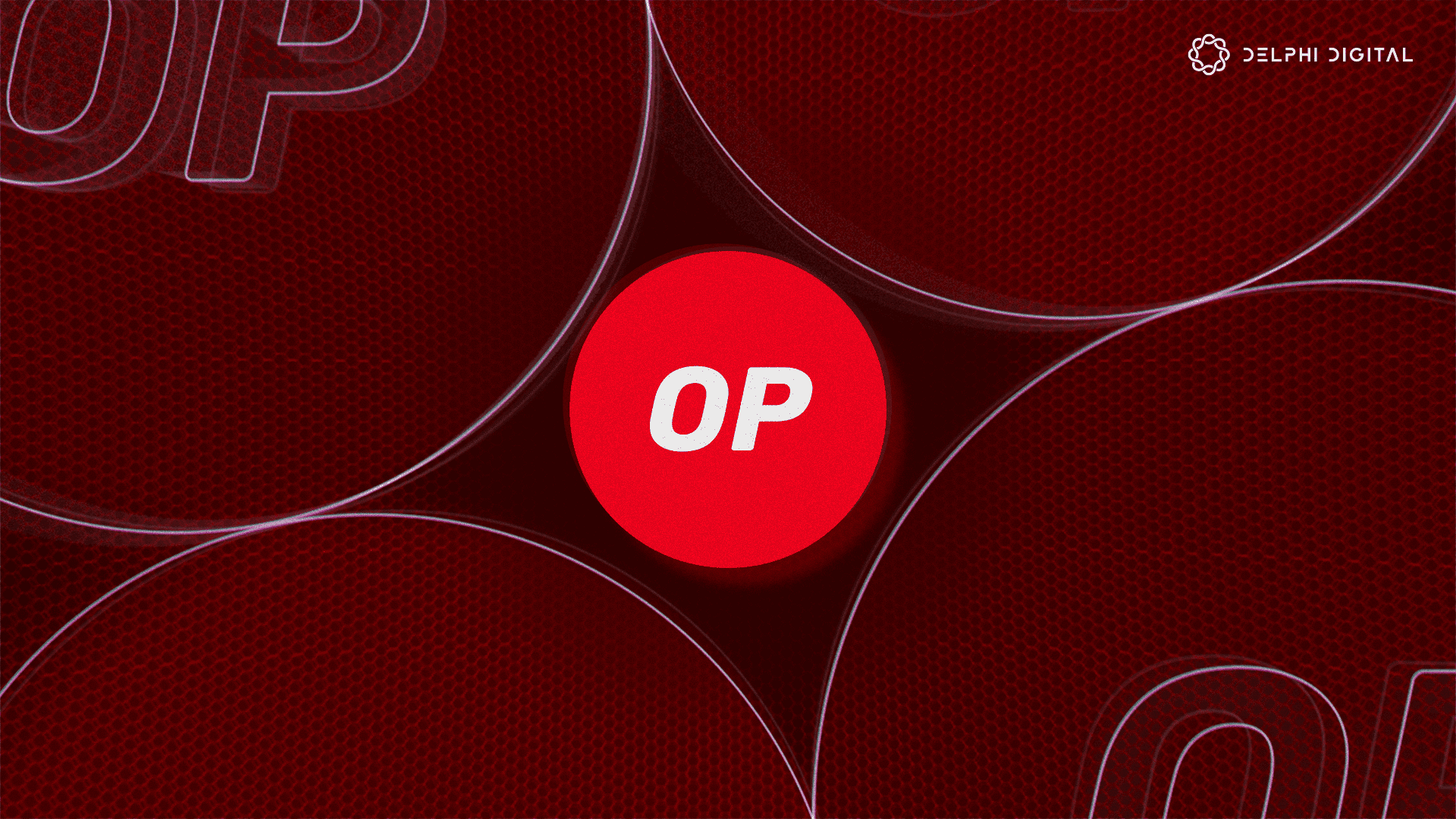
Mitigation of MEV Exploitation: Shared sequencers can implement fair ordering policies, reducing the potential for Miner Extractable Value (MEV) manipulation and promoting equitable transaction processing across rollups.
-
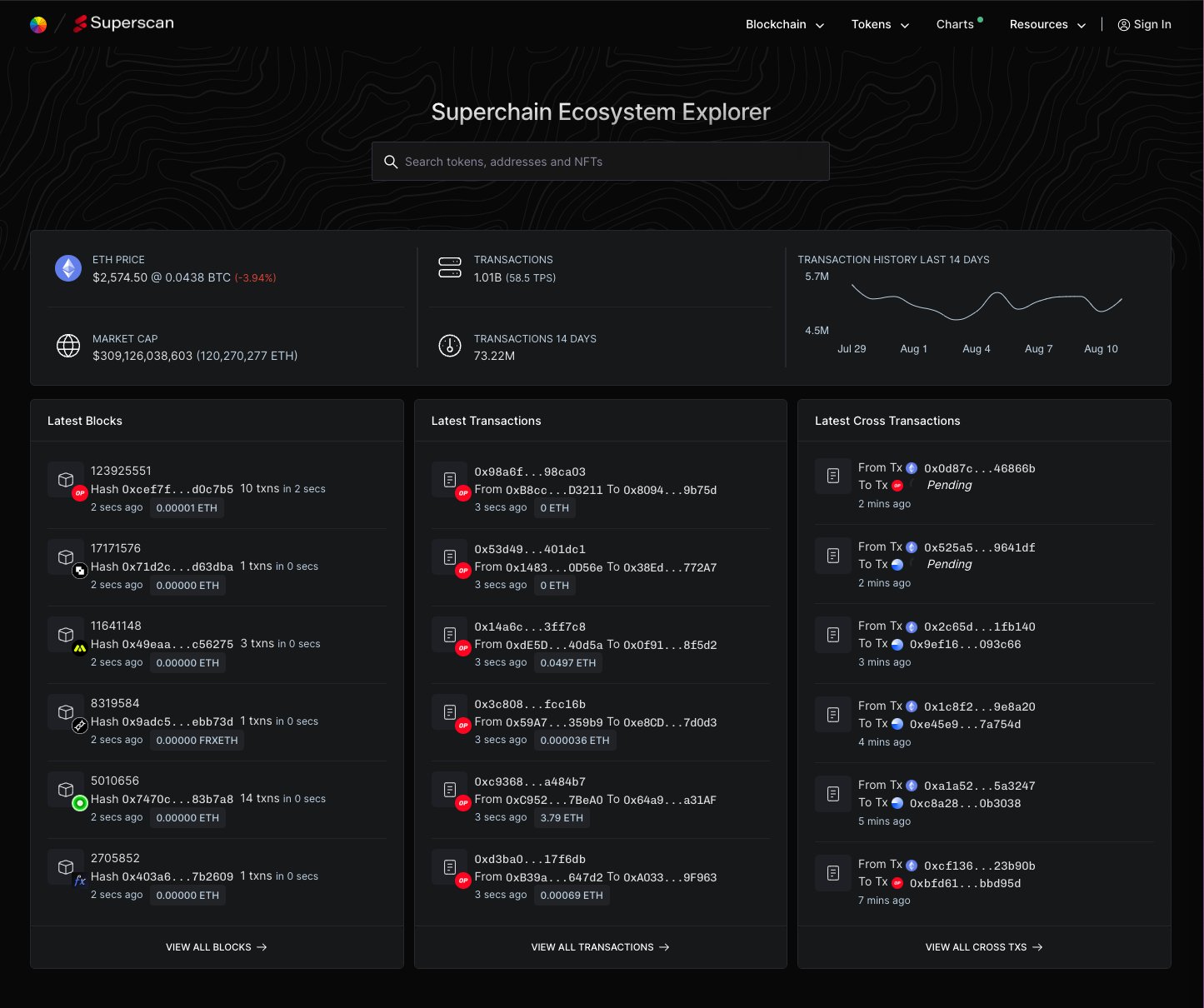
Operational Efficiency: Consolidating sequencing services with a shared sequencer leads to faster transaction finality and more efficient resource utilization, eliminating redundant infrastructure across the Superchain.
-
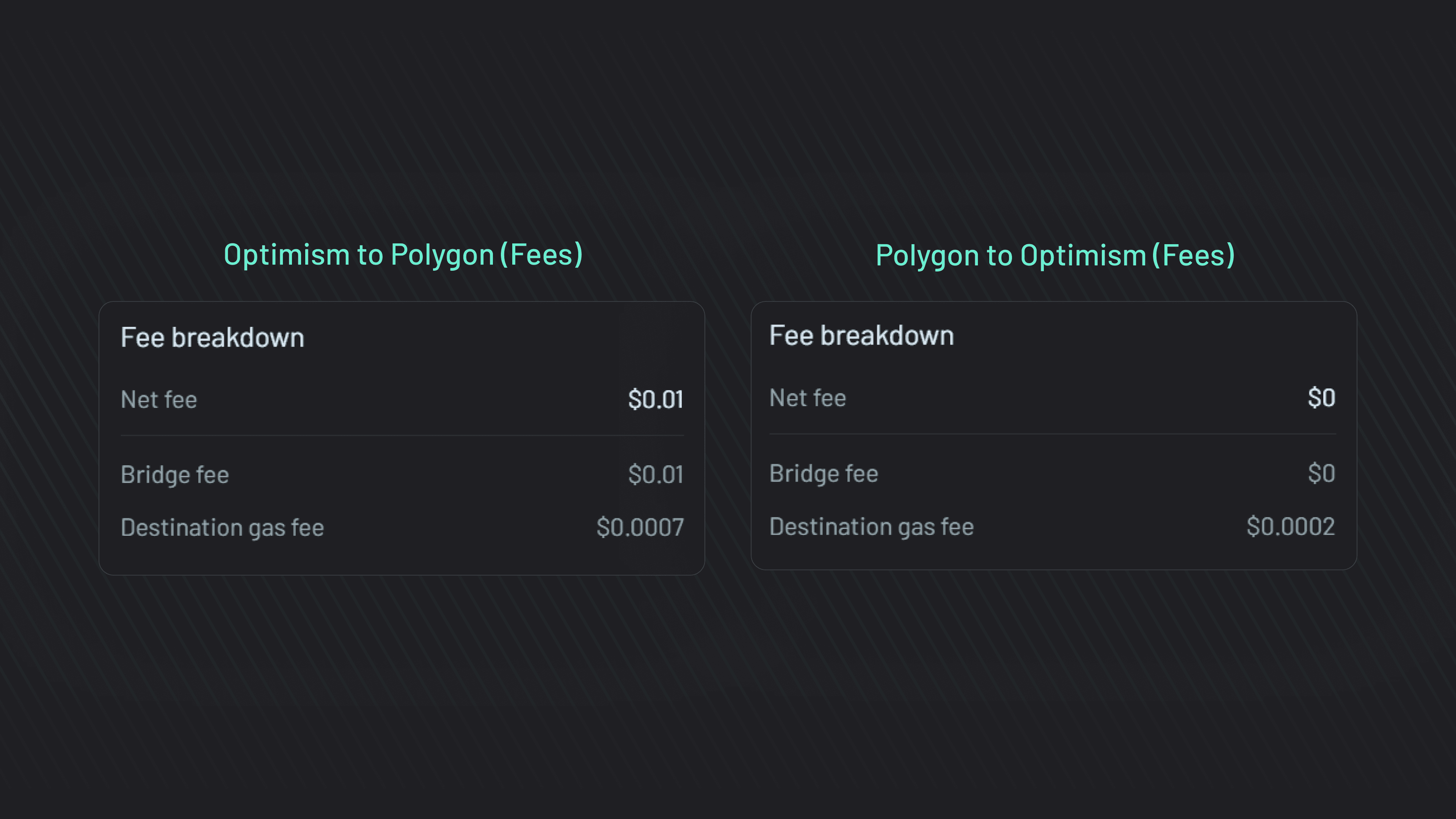
Unified Liquidity and User Experience: A shared sequencer addresses liquidity fragmentation by enabling a universal transaction standard, enhancing the overall user experience across all OP Stack chains.
Atomicity is the holy grail of cross-rollup operations. With shared sequencers, a user can execute a transaction that touches multiple OP Chains, and the system guarantees that either all operations succeed or none do. This minimizes the risk of partial execution and streamlines user flows between DeFi protocols, NFT platforms, and gaming ecosystems built atop different rollups.
Another major advantage is MEV (Miner Extractable Value) mitigation. By decentralizing the sequencing process and implementing fair transaction ordering policies, shared sequencers can dramatically reduce MEV exploitation. As noted by Cube Exchange, this ensures a more equitable and predictable environment for users and developers alike.
Operational Efficiency and Ecosystem-Wide Coordination
Shared sequencers also unlock significant operational efficiencies. Instead of duplicating sequencing infrastructure across every OP Chain, resources are pooled and optimized at the Superchain level. This leads to faster transaction finality and reduces the latency associated with cross-rollup messaging.
Importantly, shared sequencers are a catalyst for ecosystem-wide coordination. They provide the backbone for advanced interoperability protocols that let OP Stack blockchains read and write to each other’s state with minimal overhead. As detailed in the latest research, this architecture is essential for the next wave of multi-rollup applications and liquidity networks.
As we enter a new phase in the evolution of the Superchain, shared sequencers are emerging as the linchpin that binds together a diverse, rapidly growing family of OP Stack rollups. The implications for developers, users, and protocol designers are profound, and we are only beginning to see the first order effects ripple through the ecosystem.
The transition to shared sequencers is not just a technical upgrade but a strategic move that addresses the Superchain’s most pressing pain points. By consolidating transaction ordering and validation, OP Stack rollups can now coordinate at the protocol layer, drastically reducing the friction of cross-chain composability. This is especially relevant as new applications demand real-time, multi-rollup state updates, something previously hampered by asynchronous messaging and fragmented liquidity.
Consider the impact on DeFi protocols: with atomic cross-rollup transactions, users can seamlessly swap assets or provide liquidity across Base, Worldchain, and other OP Chains without worrying about failed partial executions or slippage due to inconsistent state. This unified approach also makes it feasible for NFT marketplaces and gaming platforms to span multiple rollups without building custom bridges or messaging layers.
Security, Fairness, and the Road Ahead
Decentralization remains a core tenet of blockchain design. Shared sequencers distribute control across multiple independent nodes, mitigating censorship risk and single points of failure. As outlined by Blockworks, this distributed architecture is fundamental for both security and trust minimization in a multi-rollup world.
MEV mitigation is another area where shared sequencers shine. By enforcing fair ordering policies, such as randomized or auction-based sequencing, they reduce opportunities for transaction reordering attacks that extract value from unsuspecting users. This levels the playing field for smaller participants while boosting network credibility with institutional actors.
Looking forward, shared sequencers could enable advanced features like synchronous composability between smart contracts on different rollups. Imagine a lending protocol on Base atomically interacting with a derivatives platform on Worldchain in a single user action, no more bridging delays or manual claim processes. Protocol designers will be able to abstract away much of the underlying complexity, focusing instead on building seamless cross-rollup experiences.
Developer Momentum and Ecosystem Adoption
The Superchain’s shift toward shared sequencing is already catalyzing developer interest. Open-source frameworks are emerging to help teams integrate with shared sequencer APIs while maintaining compatibility with existing OP Stack tooling. As interoperability becomes standardized at the protocol level, expect an influx of composable dApps that leverage liquidity and user bases across all 29 OP Chains.
Top Use Cases Enabled by Superchain Rollup Interoperability
-
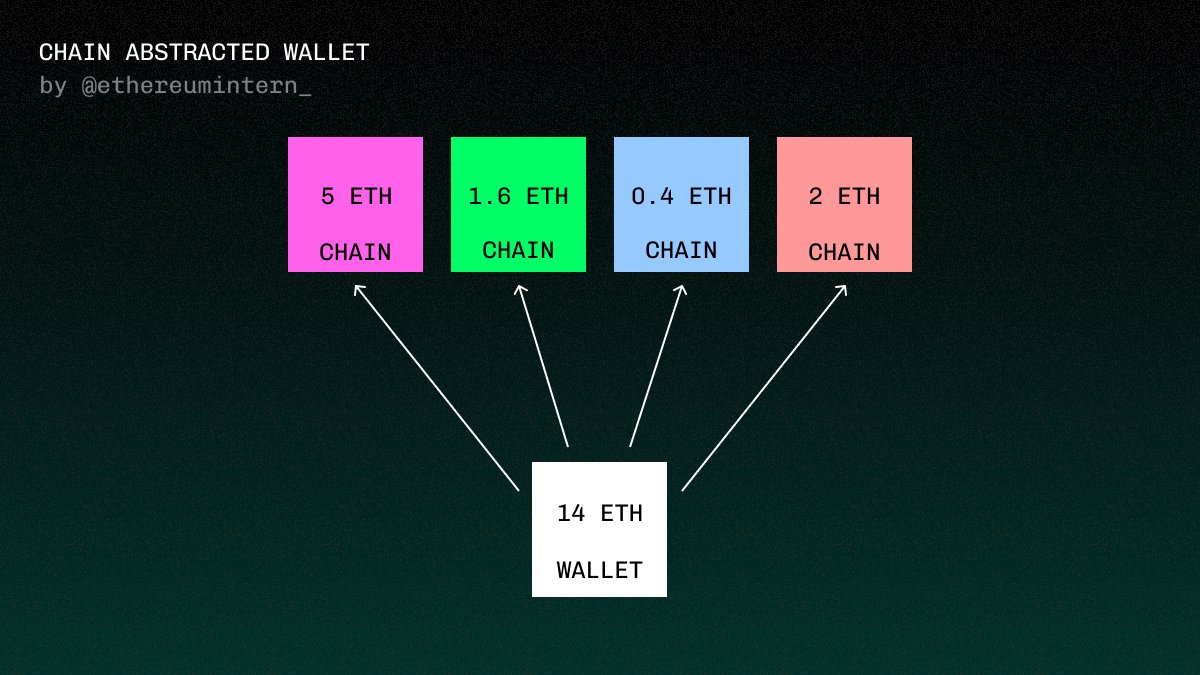
Atomic Cross-Rollup Swaps: Shared sequencers enable instant, atomic asset swaps across OP Stack rollups like Base and Optimism, eliminating the need for third-party bridges and reducing settlement risk.
-
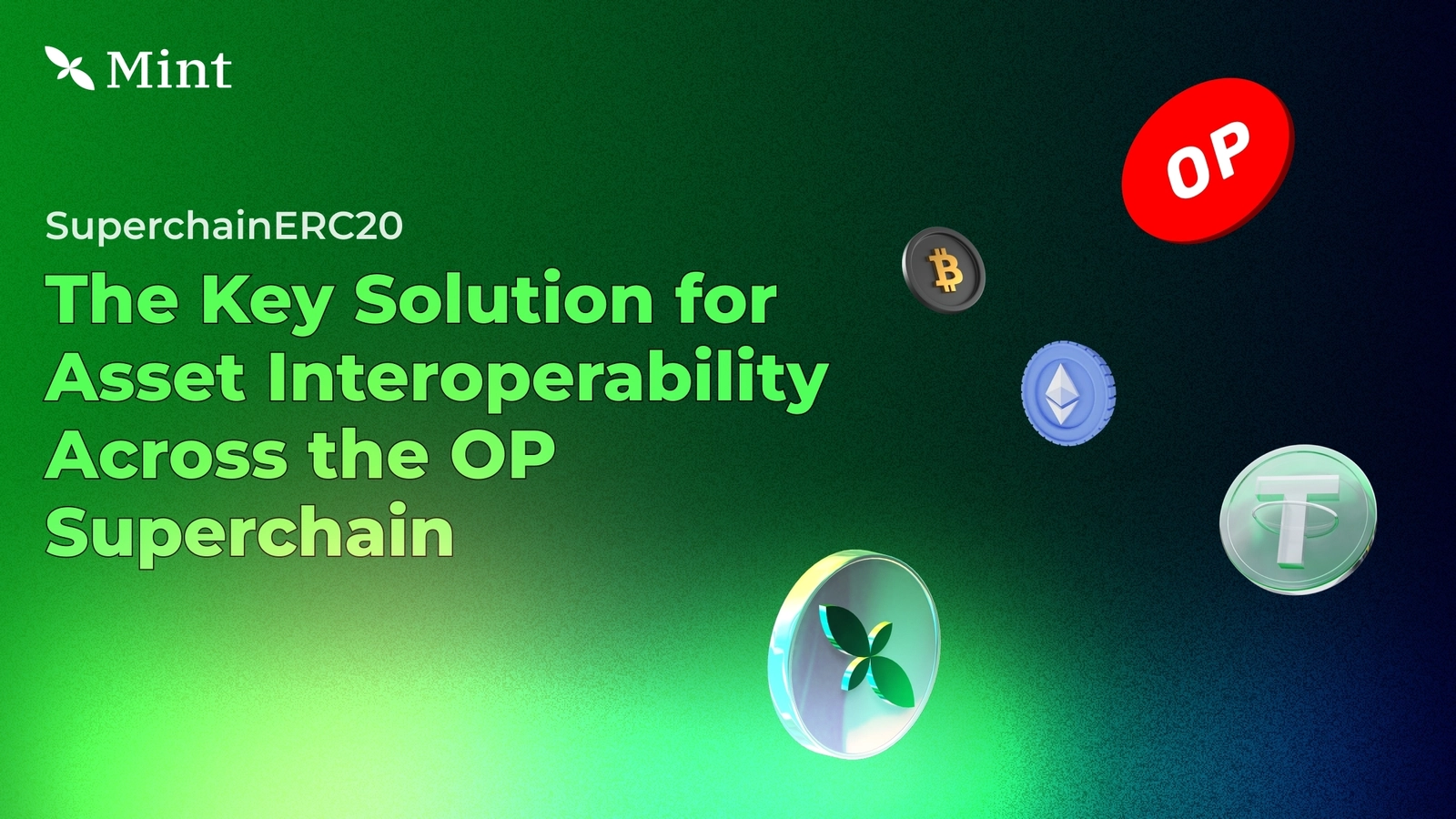
Unified DeFi Liquidity Pools: By allowing protocols such as Uniswap and Aave to aggregate liquidity across multiple Superchain rollups, shared sequencers help reduce liquidity fragmentation and improve capital efficiency.
-
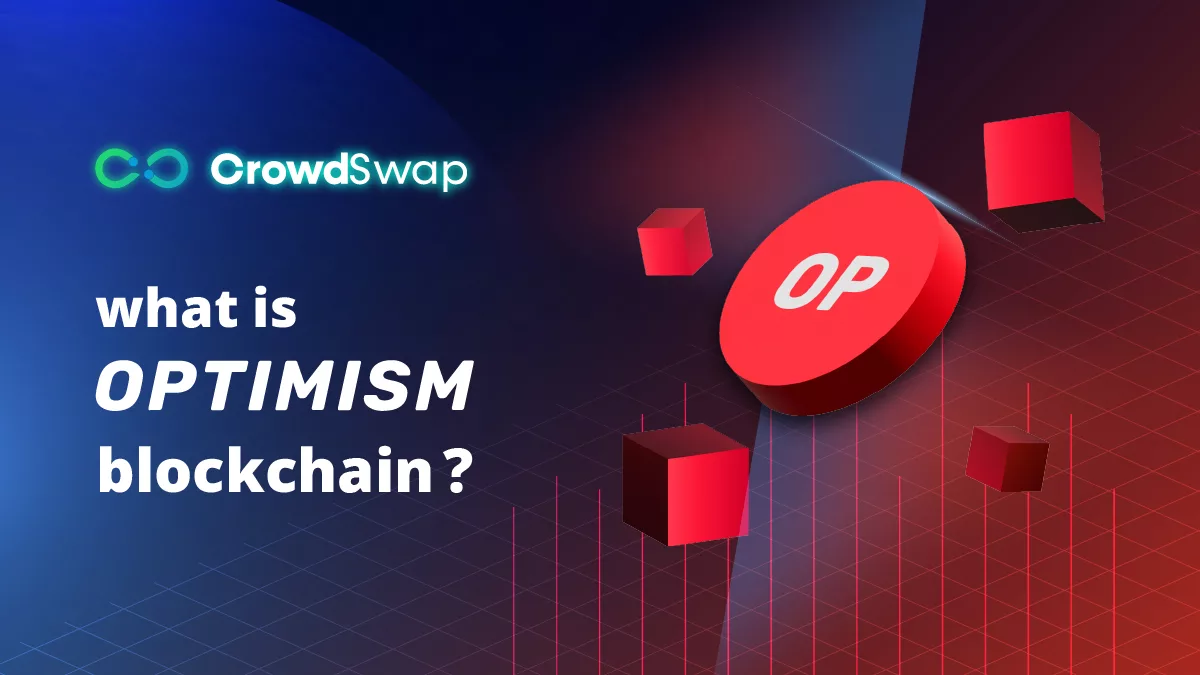
Cross-Rollup NFT Transfers: Shared sequencers facilitate seamless NFT movement between OP Chains, enabling platforms like OpenSea to offer unified NFT experiences and marketplaces across the Superchain.
-
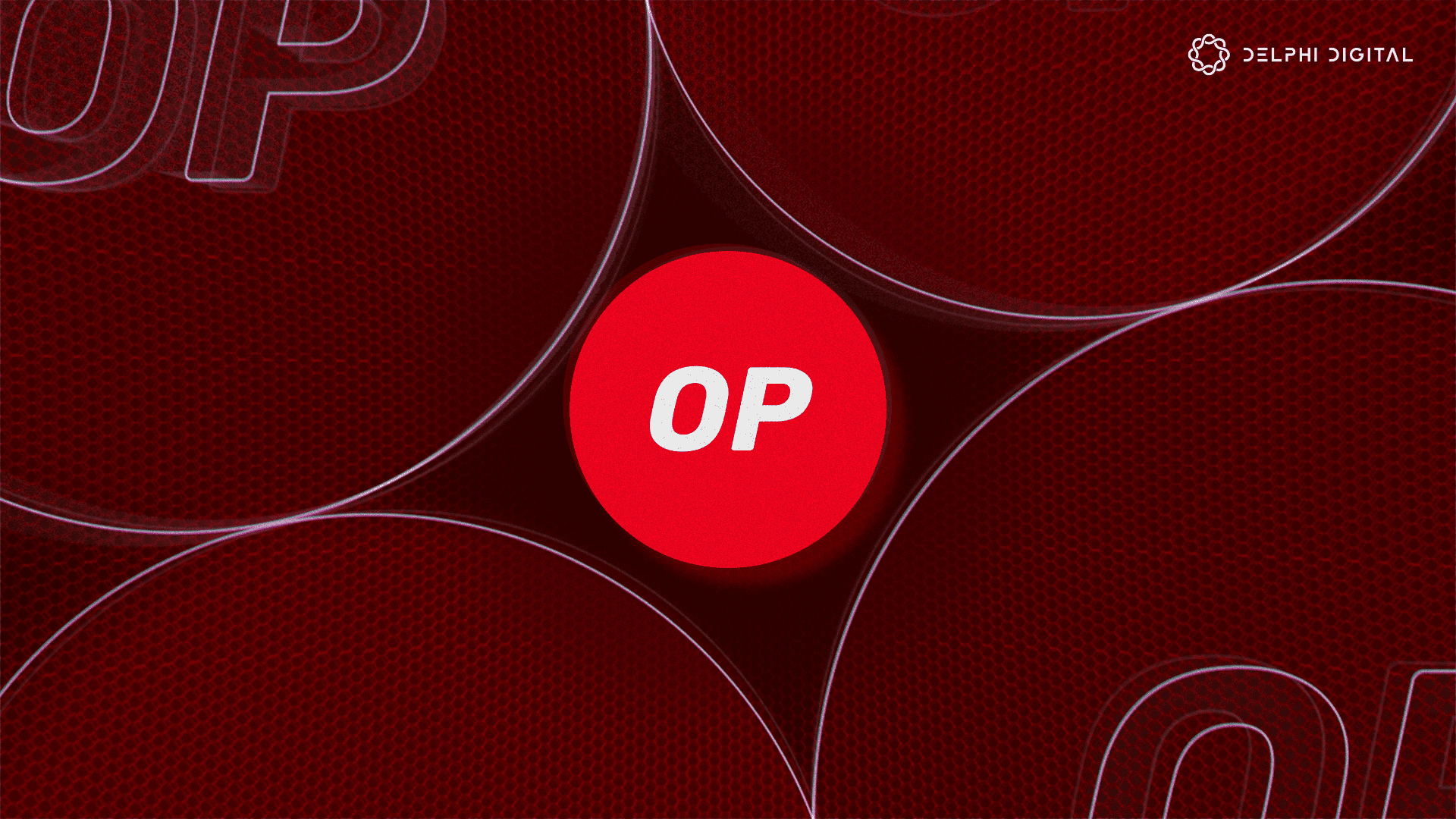
Interoperable dApp Composability: Developers can build composable decentralized applications that interact with smart contracts on multiple OP Stack rollups, unlocking new possibilities for protocols like Synthetix and Superfluid.
-
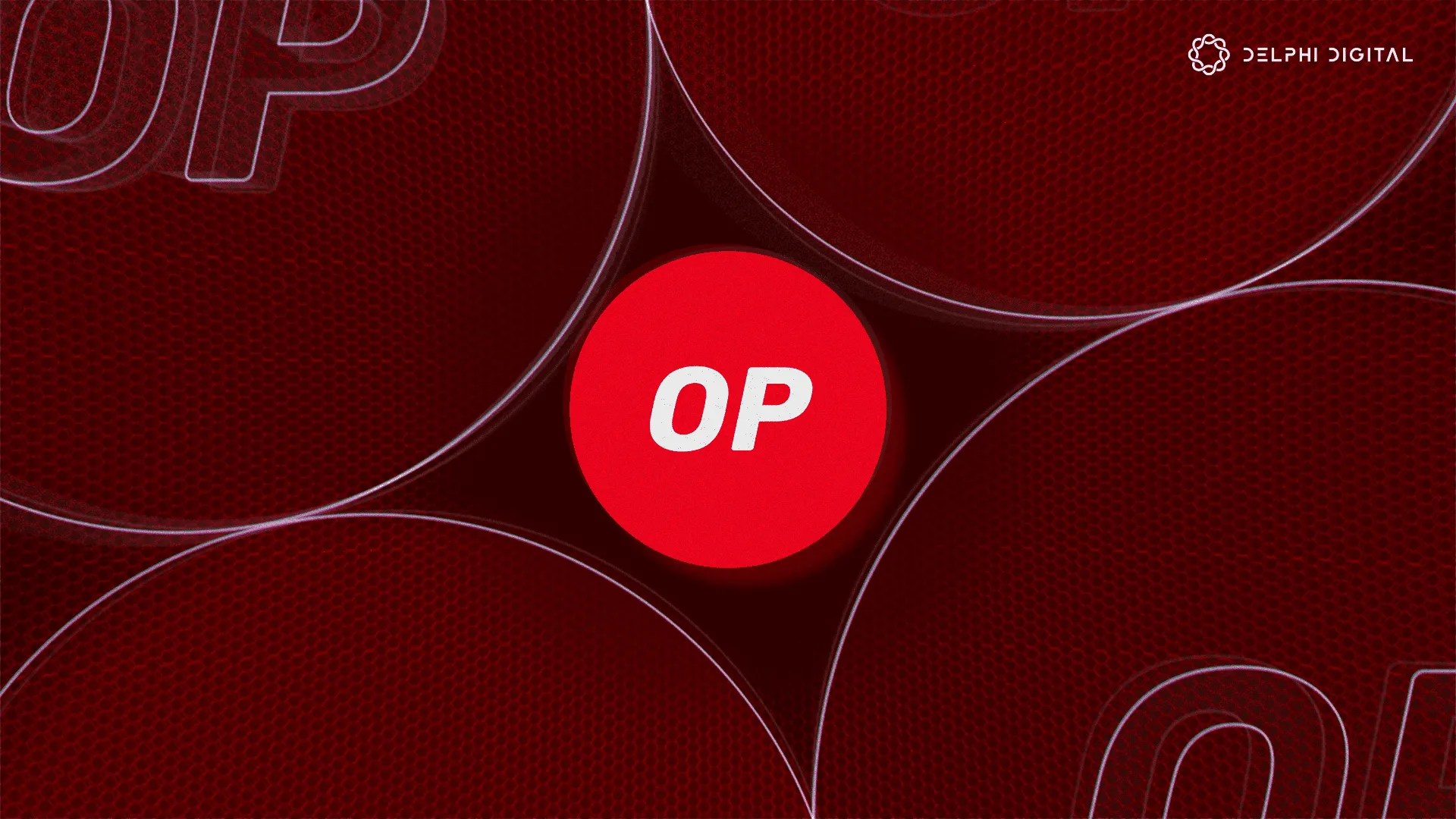
MEV-Resistant Transaction Ordering: Shared sequencers implement fair ordering mechanisms across the Superchain, reducing Miner Extractable Value (MEV) exploitation and ensuring more equitable transaction processing for users and protocols.
Adoption metrics are trending upward as more projects opt into this model. According to Halborn’s analysis, operational efficiency gains are materializing in lower transaction fees and faster finality benchmarks across participating chains. The Superchain is poised to become a testing ground for new economic models, ranging from universal liquidity pools to cross-rollup DAOs, that would have been infeasible in a siloed environment.
For developers ready to experiment with this paradigm shift, resources like Optimism’s documentation and recent technical deep-dives provide actionable guidance on integrating with shared sequencer infrastructure. Community engagement is strong; hackathons focused on Superchain interoperability are drawing record attendance from both established teams and newcomers alike.
The Next Era of Multi-Rollup Architecture
The introduction of shared sequencers marks a turning point for the Superchain ecosystem. No longer constrained by isolated rollups or fragmented liquidity, developers can now build applications that treat the entire Superchain as a unified execution environment. This evolution brings us closer to realizing Ethereum’s vision of scalable, secure, and truly interoperable Layer 2 infrastructure.
As adoption accelerates and tooling matures, expect rapid innovation in cross-rollup DeFi primitives, gaming economies, and identity solutions, all powered by a decentralized sequencing backbone. The data is clear: shared sequencers are not just improving interoperability; they are fundamentally reshaping what’s possible within the OP Stack universe.
